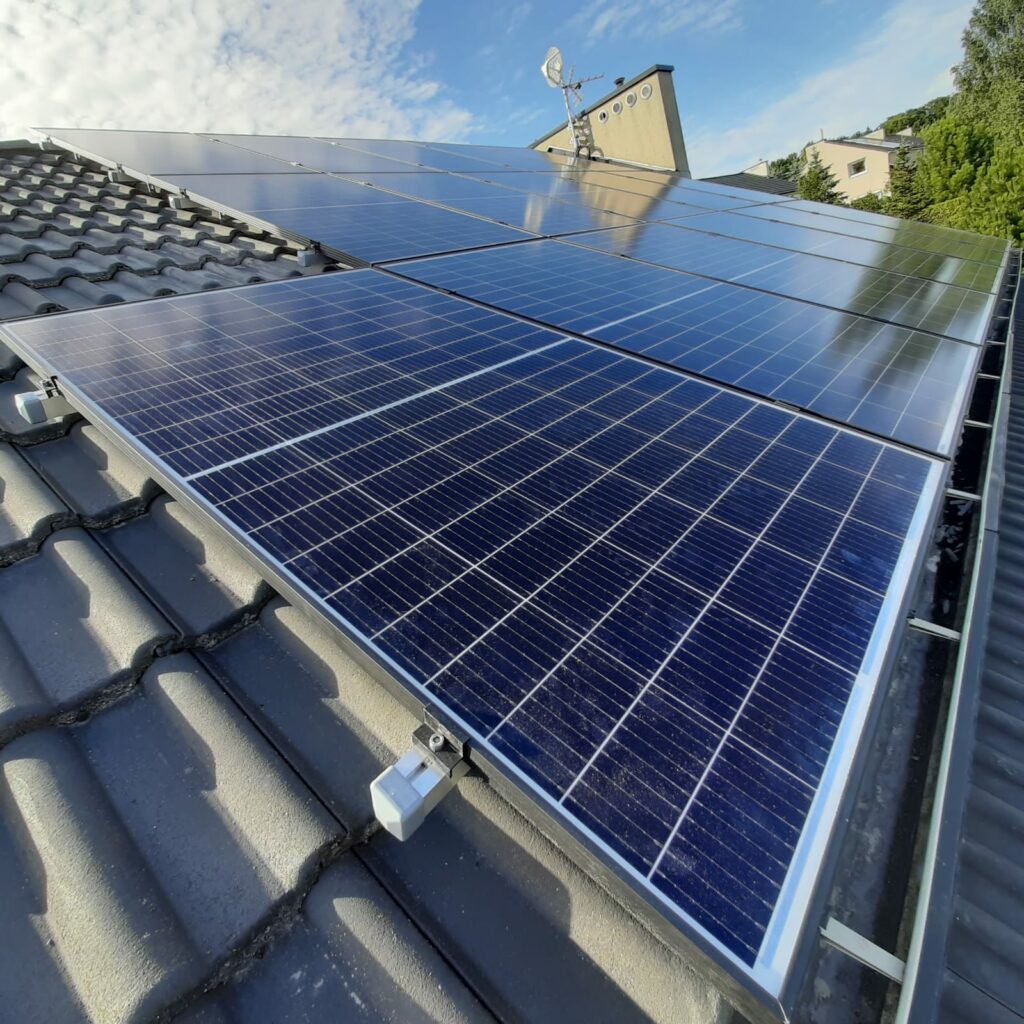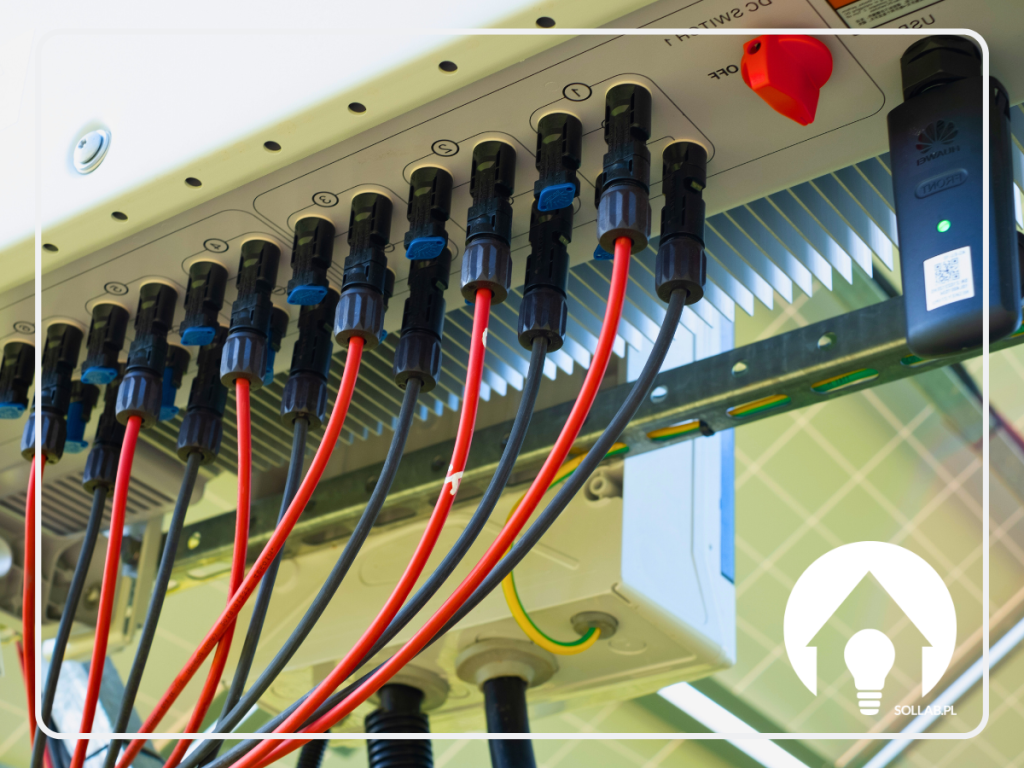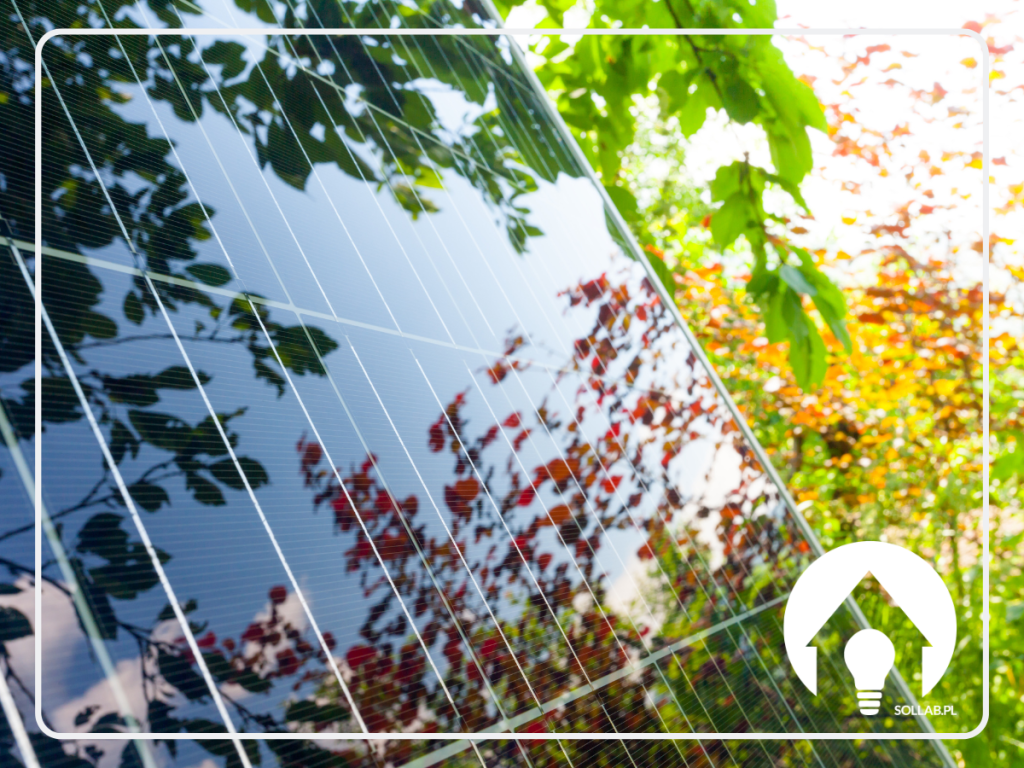Renewable energy sources are becoming more and more popular every year. Since a photovoltaic installation can be installed in different ways depending on its size, there are more and more takers. Nevertheless, photovoltaic installations are most often referred to in the case of single-family houses. But is the installation of photovoltaic panels reserved exclusively for this type of building? Or is it also possible to install a photovoltaic system on the roof of a block of flats? What do such solutions look like in reality?
Photovoltaic panels are definitely an option that is worth considering. The wide range of possibilities offered by photovoltaic installations is an excellent solution that an increasing number of Poles are recognising. However, is it possible to use photovoltaic installations on the roof of a block of flats? We explain.
Photovoltaic panels in a block of flats - is it possible?
 Photovoltaics in a block of flats is a solution that is increasingly in practice. However, the crucial question is whether photovoltaics in a block of flats, or more precisely on its roof, is a suitable location? In the vast majority of cases, it is possible, as are photovoltaic panels on the balcony of detached houses. Nevertheless, in order to apply them, the statutes regarding the use of common parts of the building must be carefully examined.
Photovoltaics in a block of flats is a solution that is increasingly in practice. However, the crucial question is whether photovoltaics in a block of flats, or more precisely on its roof, is a suitable location? In the vast majority of cases, it is possible, as are photovoltaic panels on the balcony of detached houses. Nevertheless, in order to apply them, the statutes regarding the use of common parts of the building must be carefully examined. Furthermore, it is very important that the solar panels are located in a space that most of the time it receives adequate sunlight. Thus, they should ideally face south. Of course, there is an obstacle, which is the flat roof that is typical for blocks of flats. However, in the case of photovoltaic installation, it is possible to use a supporting structure to make the photovoltaic modules according to one's energy needs in order to be as efficient as possible.
Photovoltaics in a block of flats - which solar panels will be best?
Continuous increases in electricity prices are forcing people to look for alternative sources with which to obtain energy. Photovoltaic installations are one solution to the housing association's increasingly high electricity bills. However, powering the block with free energy from photovoltaics will require high-powered photovoltaic installations.
It goes without saying that the larger the area of the building and the more inhabitants there are, the higher the electricity consumption will be. Thus, the installation of a well dimensioned photovoltaic installation will be fundamental.
In the case of blocks that already exist, in order to accurately calculate the electricity demand, it is necessary to analyse the overall electricity consumption found on the summary billing. In this way, the demand can be accurately calculated in order to select the best variant of photovoltaic installation with the appropriate capacity.
Can housing associations be prosumers?
According to current legislation and the Renewable Energy Sources Act, a prosumer is anyone, regardless of the legal form of the business, who uses an installation with a capacity of up to 50 kWp, provided that all electricity is produced for own use and not for sale.
So housing communitieswhich have photovoltaic installations, may enjoy all privilegeswhich are dedicated to prosumers. On the other hand, photovoltaic installation on the roof of a block of flats is possible and, moreover, is becoming a solution that is increasingly being considered on a commercial scale.
 Photovoltaics in a block of flats is a solution that is increasingly in practice. However, the crucial question is whether photovoltaics in a block of flats, or more precisely on its roof, is a suitable location? In the vast majority of cases, it is possible, as are photovoltaic panels on the balcony of detached houses. Nevertheless, in order to apply them, the statutes regarding the use of common parts of the building must be carefully examined.
Photovoltaics in a block of flats is a solution that is increasingly in practice. However, the crucial question is whether photovoltaics in a block of flats, or more precisely on its roof, is a suitable location? In the vast majority of cases, it is possible, as are photovoltaic panels on the balcony of detached houses. Nevertheless, in order to apply them, the statutes regarding the use of common parts of the building must be carefully examined. Furthermore, it is very important that the solar panels are located in a space that most of the time it receives adequate sunlight. Thus, they should ideally face south. Of course, there is an obstacle, which is the flat roof that is typical for blocks of flats. However, in the case of photovoltaic installation, it is possible to use a supporting structure to make the photovoltaic modules according to one's energy needs in order to be as efficient as possible.
Photovoltaics in a block of flats - which solar panels will be best?
Continuous increases in electricity prices are forcing people to look for alternative sources with which to obtain energy. Photovoltaic installations are one solution to the housing association's increasingly high electricity bills. However, powering the block with free energy from photovoltaics will require high-powered photovoltaic installations.
It goes without saying that the larger the area of the building and the more inhabitants there are, the higher the electricity consumption will be. Thus, the installation of a well dimensioned photovoltaic installation will be fundamental.
In the case of blocks that already exist, in order to accurately calculate the electricity demand, it is necessary to analyse the overall electricity consumption found on the summary billing. In this way, the demand can be accurately calculated in order to select the best variant of photovoltaic installation with the appropriate capacity.
Can housing associations be prosumers?
According to current legislation and the Renewable Energy Sources Act, a prosumer is anyone, regardless of the legal form of the business, who uses an installation with a capacity of up to 50 kWp, provided that all electricity is produced for own use and not for sale.
So housing communitieswhich have photovoltaic installations, may enjoy all privilegeswhich are dedicated to prosumers. On the other hand, photovoltaic installation on the roof of a block of flats is possible and, moreover, is becoming a solution that is increasingly being considered on a commercial scale.
















